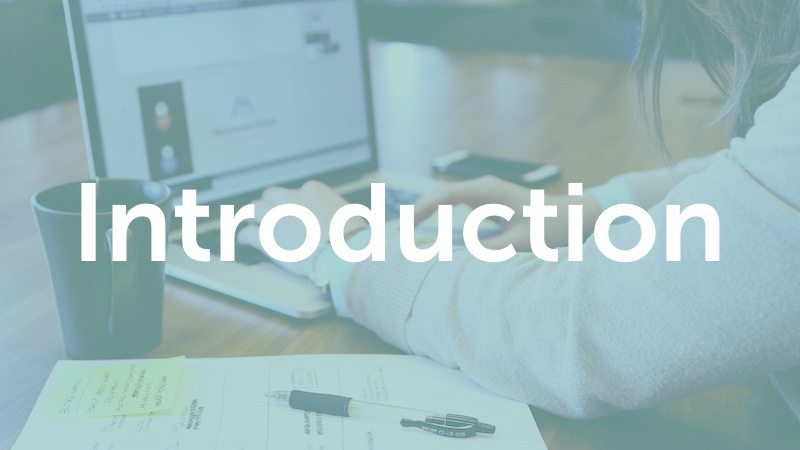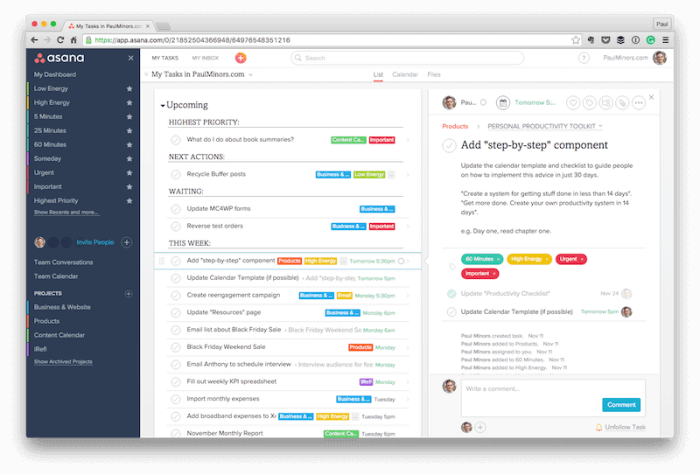Introduction
Episode #1 of the course How to create a productivity system by Paul Minors
This 10-day email course will take you through the basic steps for setting up a productivity system that will help you to stay more organized and get more done.
Taking action is really important. Make sure you apply what you learn to your own projects and routine. Why not schedule a 30-minute block of time on your calendar each day for the next 10 days for reading these emails and applying the lessons?
Over the next 10 days, we’re going to cover:
• Introduction to productivity and systems (this email)
• Goal setting
• Task management apps
• Setting up projects and dissecting goals
• Organizing your tasks
• Prioritizing your work
• Setting up your calendar
• Planning your time
• Using Evernote for digital storage and organization
• The weekly review
What is productivity?
It’s important to understand what’s involved in increased productivity. Productivity is a combination of being effective (choosing WHAT to do) and efficient (HOW you do it). In order to be more effective and efficient, there are three key components you’ll need to optimize: time, energy, and attention.
Time + Energy + Attention = Effectiveness + Efficiency
(write this down and put it somewhere you’ll see it regularly)
During this course, you’ll learn how to optimize each of these areas so that you can be more effective and efficient.
Why having a productivity system is so important
When I say “system,” what I really mean is a set of tools and processes for organizing your work. For example, my system is comprised of tools like Asana, Evernote, and Sunrise Calendar, which allow me to stay organized, plan my time, and execute effectively.
But a system includes more than just the tools you use. It’s about adopting the right habits that allow you to work more effectively—for example, taking the time to plan your tasks for the following day, journaling, and conducting weekly reviews. A system is the all-encompassing method that explains how you do your work.
Having the right system adds structure to your work and allows you to manage your motivation, making you more likely to execute your goals and turning you into a more productive person.
Mistakes to avoid
When it comes to being productive, one of the biggest mistakes you can make is to be really active and do lots of “stuff”—lots of “work”—but not actually achieve what you want. If you focus on being “busy” instead of “productive,” you’ll lose motivation as you get overwhelmed without achieving your goals.
This course will teach you how to avoid this mistake.
Action step: Choose your project
There are two approaches you can take to this course. You can 1) apply what you’re going to learn to an existing project or goal you’re working on, or 2) you can use this as an opportunity to create a new goal or project to focus on going forward. Decide this now!
Next lesson
Tomorrow, we’re going to dive into your chosen project a bit more and set some specific goals around it. This is going to help give you clear direction around what you need to do so that you can focus on the tasks that matter most.
Recommended resources
The Psychology of Procrastination and How to Avoid It
Recommended book
“Start with Why: How Great Leaders Inspire Everyone to Take Action” by Simon Sinek
Share with friends



